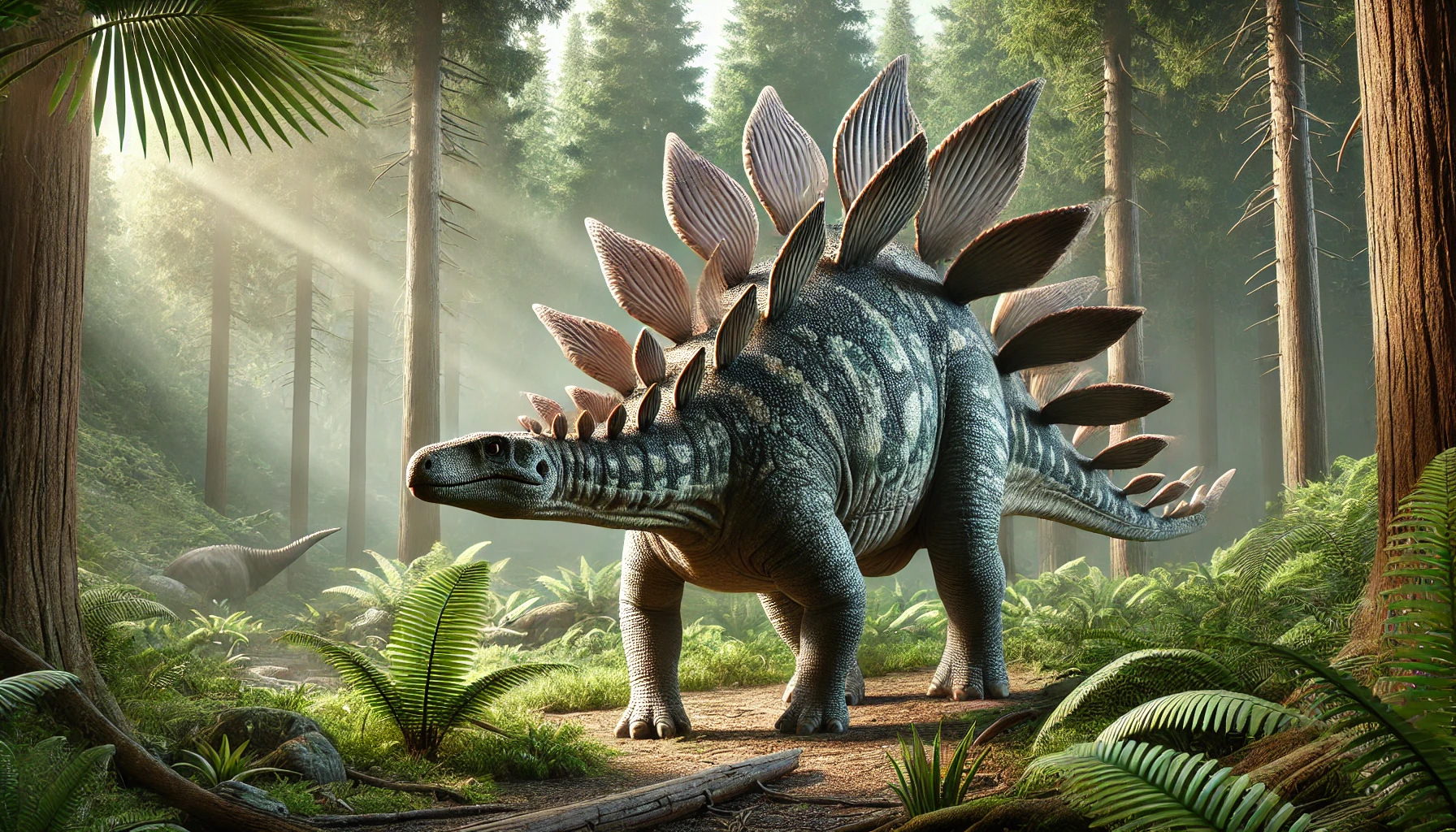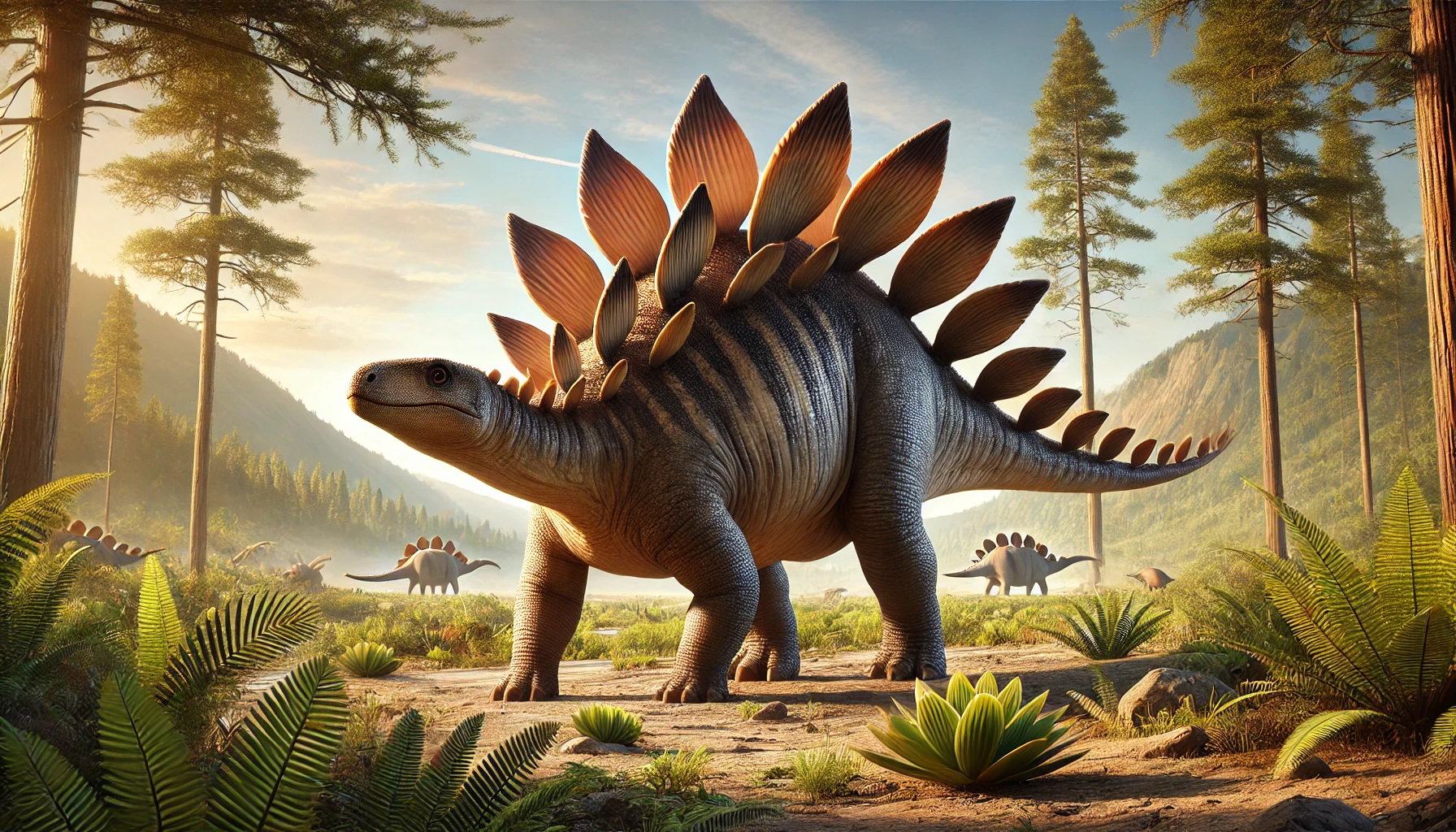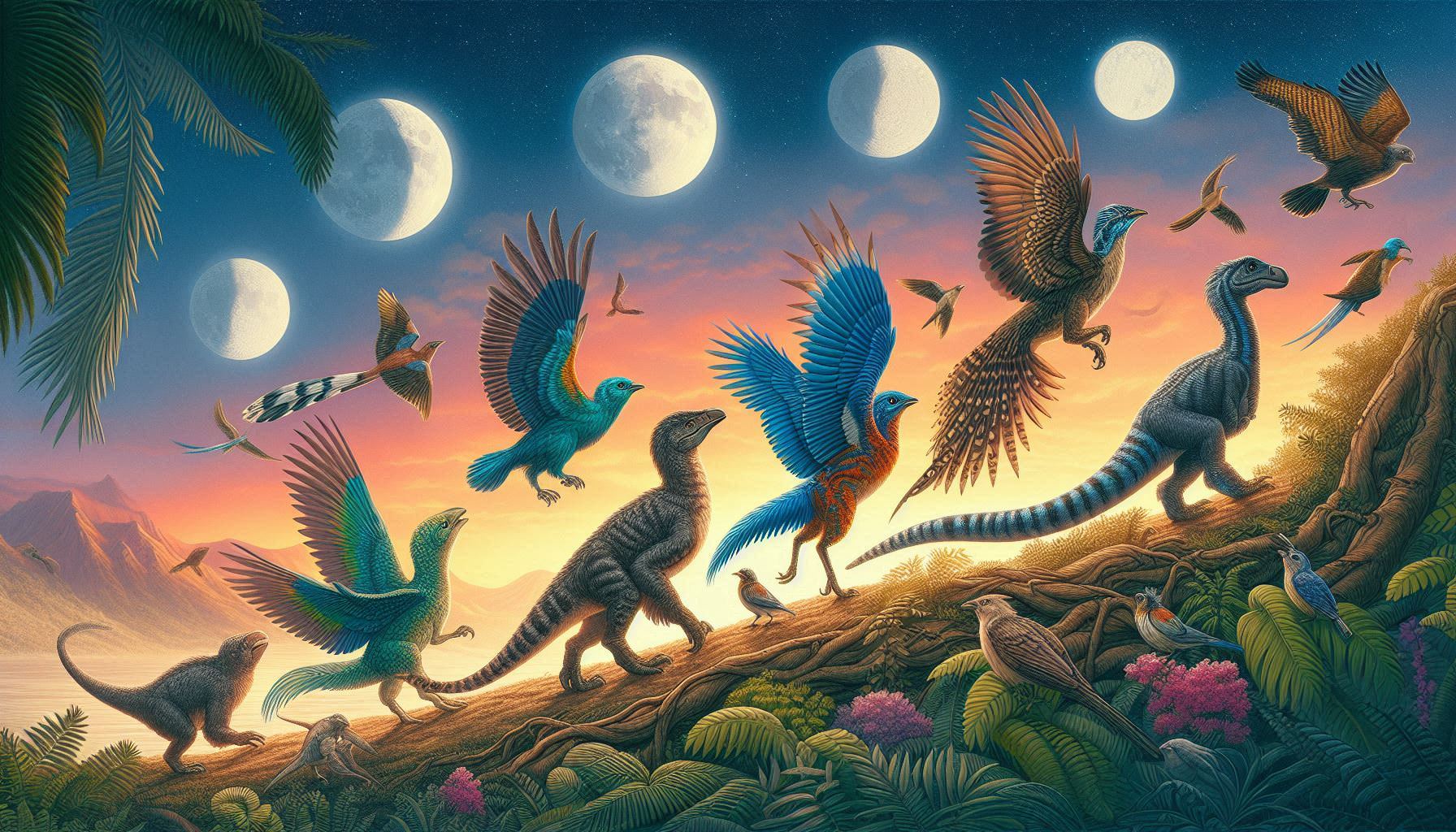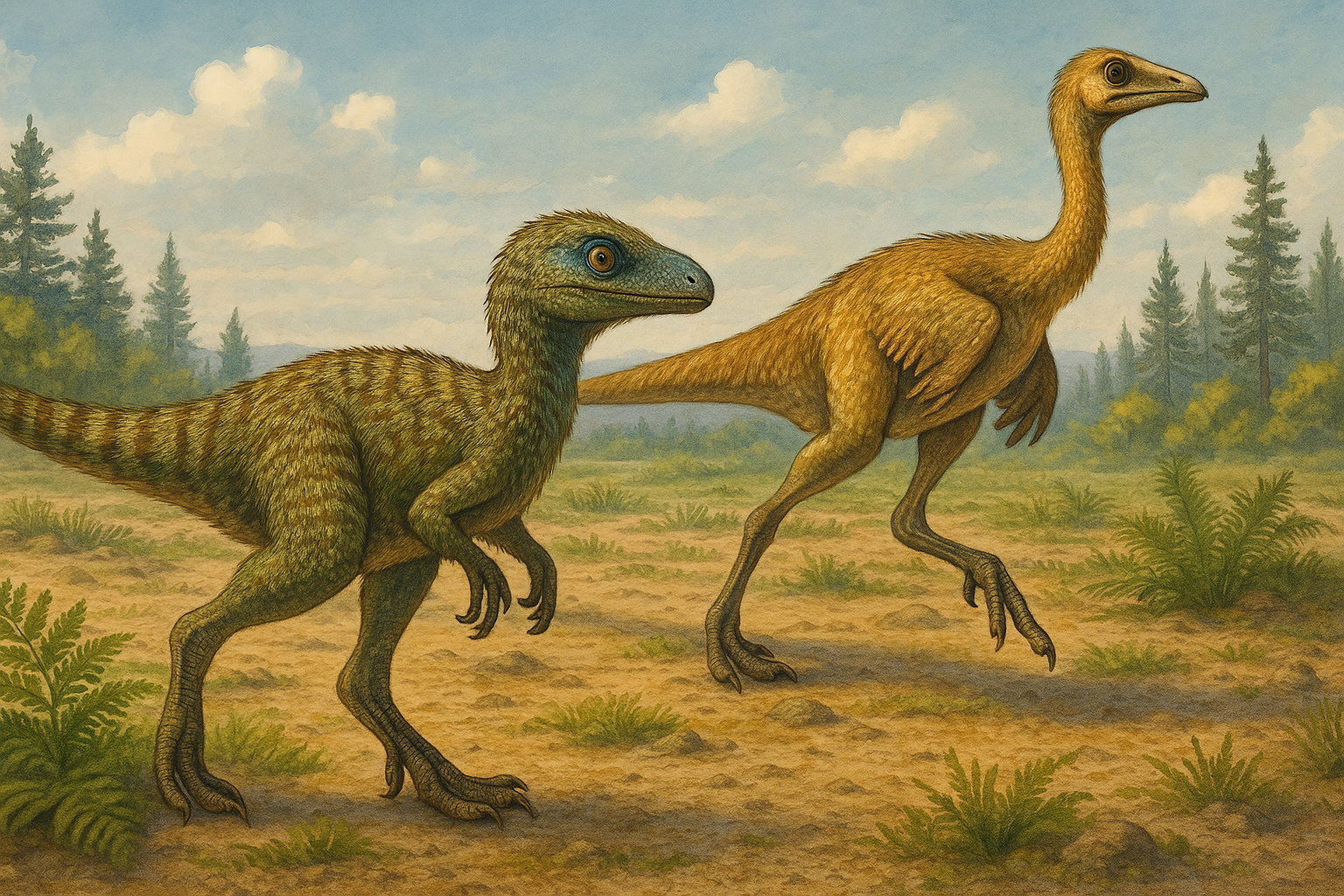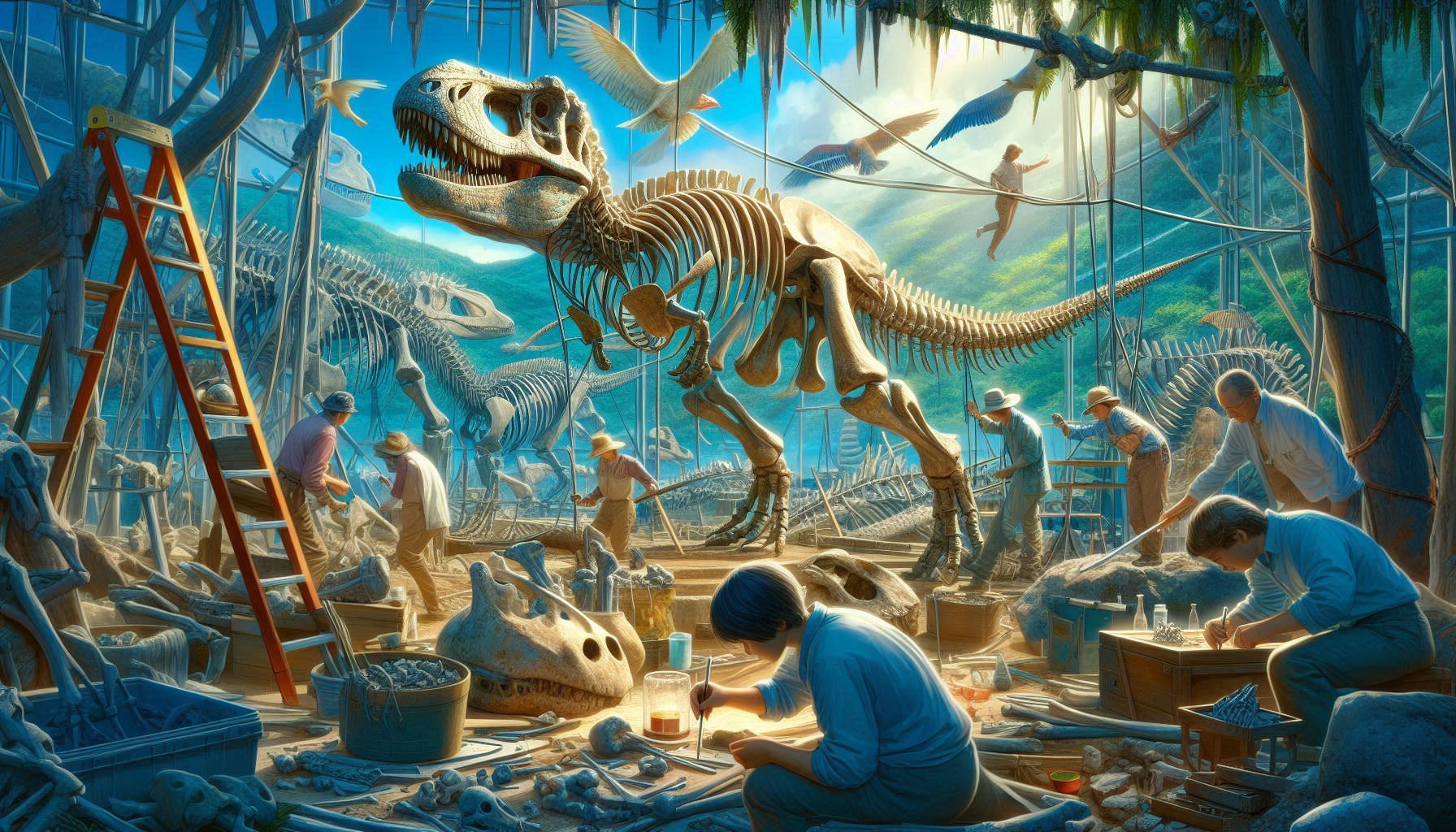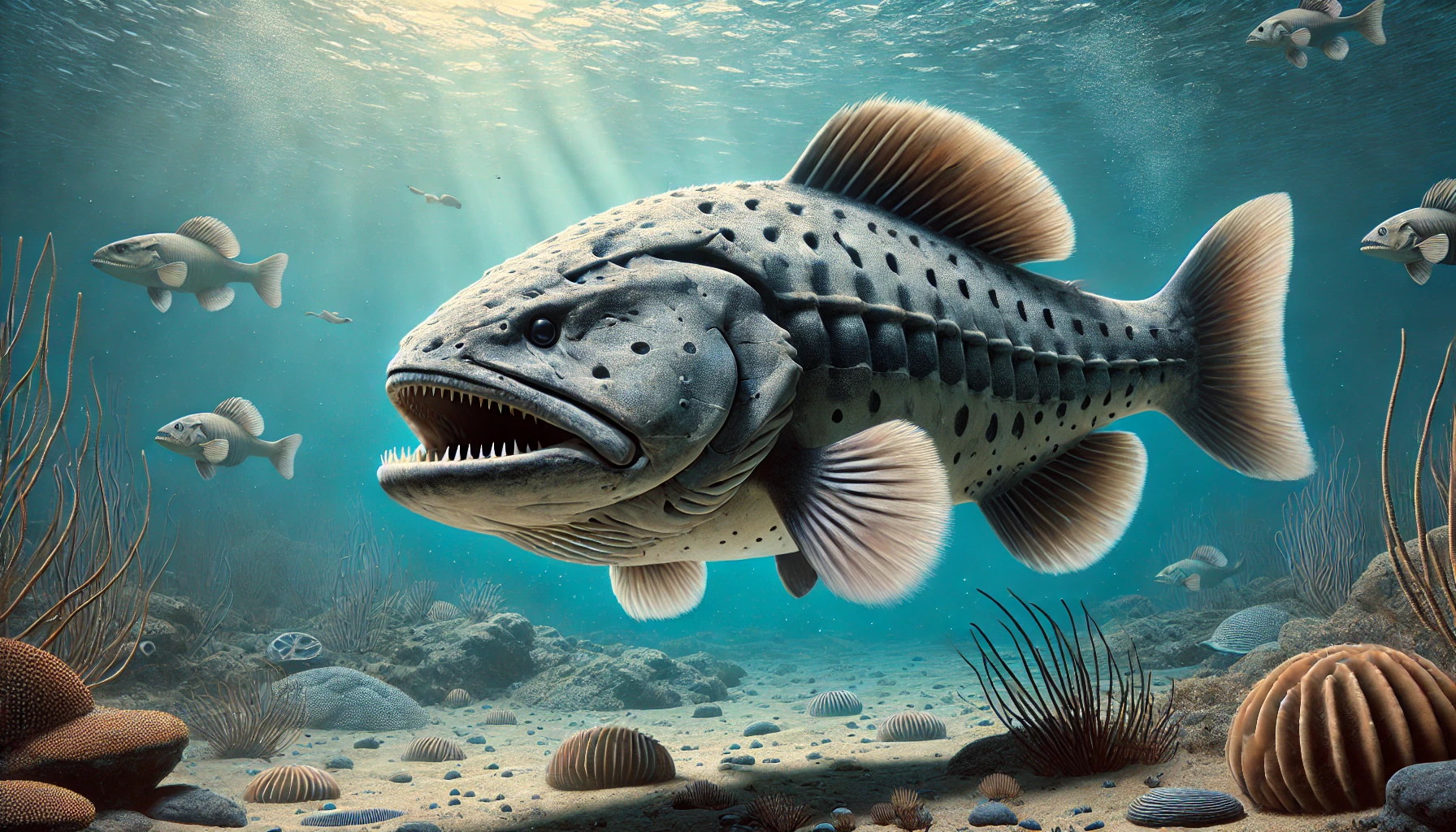When we think of the good dinosaur, images of towering, fearsome creatures often come to mind. However, not all dinosaurs were formidable predators; many were gentle herbivores that coexisted peacefully in their prehistoric environments. Let’s explore some of these “friendly” dinosaurs, whose fascinating traits continue to captivate both young and old.
- 1. Stegosaurus
- 2. Iguanodon
- 3. Maiasaura
- 4. Europasaurus
- 5. Leaellynasaura
- 6. Yi
- 7. Compsognathus
- 8. Aquilops
- 9. Tethyshadros
- 10. Pachycephalosaurus
- FAQ
- Were all dinosaurs aggressive?
- What is considered the friendliest dinosaur?
- Which dinosaurs were herbivores and not dangerous?
- What dinosaur had the best parenting behavior?
- Were there any small or gentle dinosaurs?
- Did all dinosaurs live in violent ecosystems?
- What makes a dinosaur “friendly”?
- Is “The Good Dinosaur” based on a real species?
1. Stegosaurus
With its distinctive row of bony plates along its back and spiked tail, Stegosaurus may appear intimidating. However, this Late Jurassic herbivore was a peaceful plant-eater, primarily feeding on low-lying vegetation. Despite its size, Stegosaurus had a brain comparable in size to that of a modern golden retriever, suggesting it led a simple, non-aggressive lifestyle.
2. Iguanodon
Iguanodon was a medium-sized herbivorous dinosaur that roamed Europe during the Early Cretaceous period. Recognized for its thumb spikes, which were likely used for defense, Iguanodon primarily fed on plants and is often depicted as a gentle giant in popular media.
3. Maiasaura
Known as the “good mother lizard,” Maiasaura provides evidence of parental care among dinosaurs. Fossil findings suggest that these dinosaurs nurtured their young in nests, feeding them until they were ready to fend for themselves. This behavior indicates a nurturing and social nature, uncommon among many reptilian species.
4. Europasaurus
Not all sauropods were colossal. Europasaurus was a dwarf sauropod, measuring up to six meters in length. This Late Jurassic dinosaur lived on a small island with limited resources, which influenced its smaller size. Its herbivorous diet and reduced stature suggest a less intimidating presence compared to its larger relatives.
5. Leaellynasaura
As adorable as its name is challenging to pronounce, Leaellynasaura was a human-sized ornithopod from Middle Cretaceous Australia. Its most endearing feature was its large eyes, an adaptation to the prolonged darkness of its polar habitat. The discovery of Leaellynasaura highlights the diverse adaptations of dinosaurs to their environments.
6. Yi
The Yi dinosaur, a small-sized species, lived in Hebei, China, around 159 million years ago. Scientists believe it was a diminutive animal that inhabited trees. Notably, Yi had an unusually long third finger supporting a membranous wing, resembling a bat. The name “Yi” means “strange wing” in Mandarin.
7. Compsognathus
Although Compsognathus was a carnivore, it was only the size of a turkey, meaning it wouldn’t have posed much of a threat to humans. One of the tiniest dinosaurs to have existed, it only reached 70 cm in length and weighed roughly 3 kg—about the same as a small cat.
8. Aquilops
Discovered in the late 1990s in America, Aquilops was a tiny ancestor of Triceratops. It was about the same size and weight as a large rabbit and is thought to have been somewhat selective in its diet, browsing a limited selection of plants.
9. Tethyshadros
Another example of “insular dwarfism,” Tethyshadros evolved on an island that could only support a limited population of small dinosaurs. This duck-billed creature grew to about four meters and lived in what is now northeast Italy, feeding on plants and shrubs.
10. Pachycephalosaurus
Pachycephalosaurus is often portrayed as a friendly neighborhood herbivore. The most distinctive feature of these dinosaurs was their unique skull architecture: domed, sloping, pointy around the edges, and 10 inches thick. While they might have engaged in head-butting behaviors, they were primarily plant-eaters and not considered dangerous.
These dinosaurs, with their unique adaptations and behaviors, challenge the common perception of dinosaurs as solely fearsome creatures. Their stories offer a glimpse into the diverse and often gentle world of prehistoric life.
FAQ
Were all dinosaurs aggressive?
No, many dinosaurs were peaceful herbivores. Species like Stegosaurus, Maiasaura, and Iguanodon were plant-eaters with calm, non-aggressive behavior.
What is considered the friendliest dinosaur?
While no dinosaur was truly “friendly” by modern standards, Maiasaura is often regarded as one of the most nurturing due to fossil evidence of it caring for its young.
Which dinosaurs were herbivores and not dangerous?
Dinosaurs like Stegosaurus, Leaellynasaura, and Aquilops were herbivorous and not predators. They lived on plants and avoided confrontation.
What dinosaur had the best parenting behavior?
Maiasaura is famous for its parenting instincts. Fossils show that it raised its young in communal nests and likely brought food to its hatchlings.
Were there any small or gentle dinosaurs?
Yes, dinosaurs like Compsognathus and Europasaurus were small and had no traits associated with aggression. They likely avoided larger species.
Did all dinosaurs live in violent ecosystems?
While some environments were competitive, many herbivorous dinosaurs thrived in relatively peaceful settings with abundant vegetation and few predators.
What makes a dinosaur “friendly”?
In paleontology, “friendly” usually refers to non-aggressive herbivorous dinosaurs, especially those that showed social or nurturing behaviors.
Is “The Good Dinosaur” based on a real species?
The movie The Good Dinosaur features a fictional Apatosaurus named Arlo. However, it was inspired by real gentle sauropods like Apatosaurus and Diplodocus.

